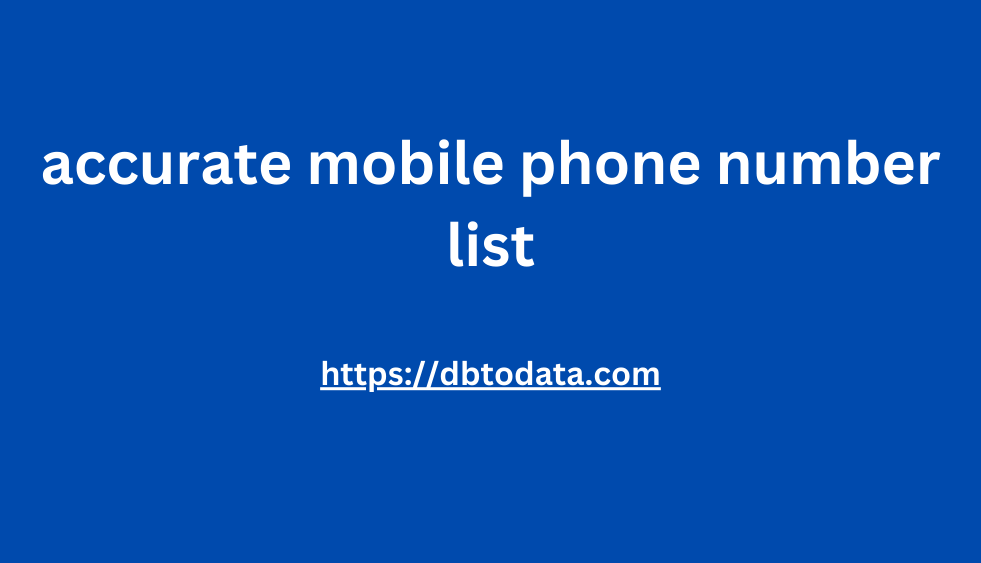Starting on 1 August 2024, the EU will phase in the AI Act to protect citizens from adverse effects of AI. In a series of three articles, we will look at what you as an AI user need to do in each phase. The first article describes how to phase out unacceptable and prohibited AI. This second article discusses how to apply AI from the ‘limited risk’ category under the AI Act in order to be compliant.
We dive straight into the depths. And so we assume
that you are familiar with the risk category structure of the AI Act. Is that not the case? Or do you want to refresh your knowledge? Then read the first article in this series or this previous background article on Frankwatching.
Limited Risk AI
Okay, here we go. As of August 1, 2025, you will need to comply with the AI Act for the limited risk AI that you use and make available. Limited risk AI is AI that can mislead users.
Various risks of AIThis can be done by pretending to be a person without users knowing. For example, think of a chatbot on a website. Furthermore, content that you create with general purpose AI, such as ChatGPT, can also fall under limited risk AI as we saw in the first article.
So are you producing content with general purpose accurate mobile phone number list AI? Is your organization using chatbots to help customers solve problems? Or are you deploying virtual assistants to do things like conduct marketing surveys? Then you are using low-risk AI and need to take steps to become compliant with the AI Act.
If you don’t you run the risk of a hefty fine that can amount t
o 7.5 million euros or 1 percent of your annual turnover. Added to that is the damage to your image and everything that comes with it. Of Mentres Lupe tenta atopar un course, you don’t want that. You can easily prevent that by taking a few buying house b simple steps.
Make it clear that users are dealing with AI
The most important provision of the AI Act for limited risk AI is that readers know that content was created by or with the help of AI. And that users know that they are communicating with AI. In other words: be transparent about the role of AI. Tell your readers that you have created certain content with the help of AI and tell the user in a chat session that they are communicating with a chatbot. Or that an AI assistant is asking the questions in an online survey.







